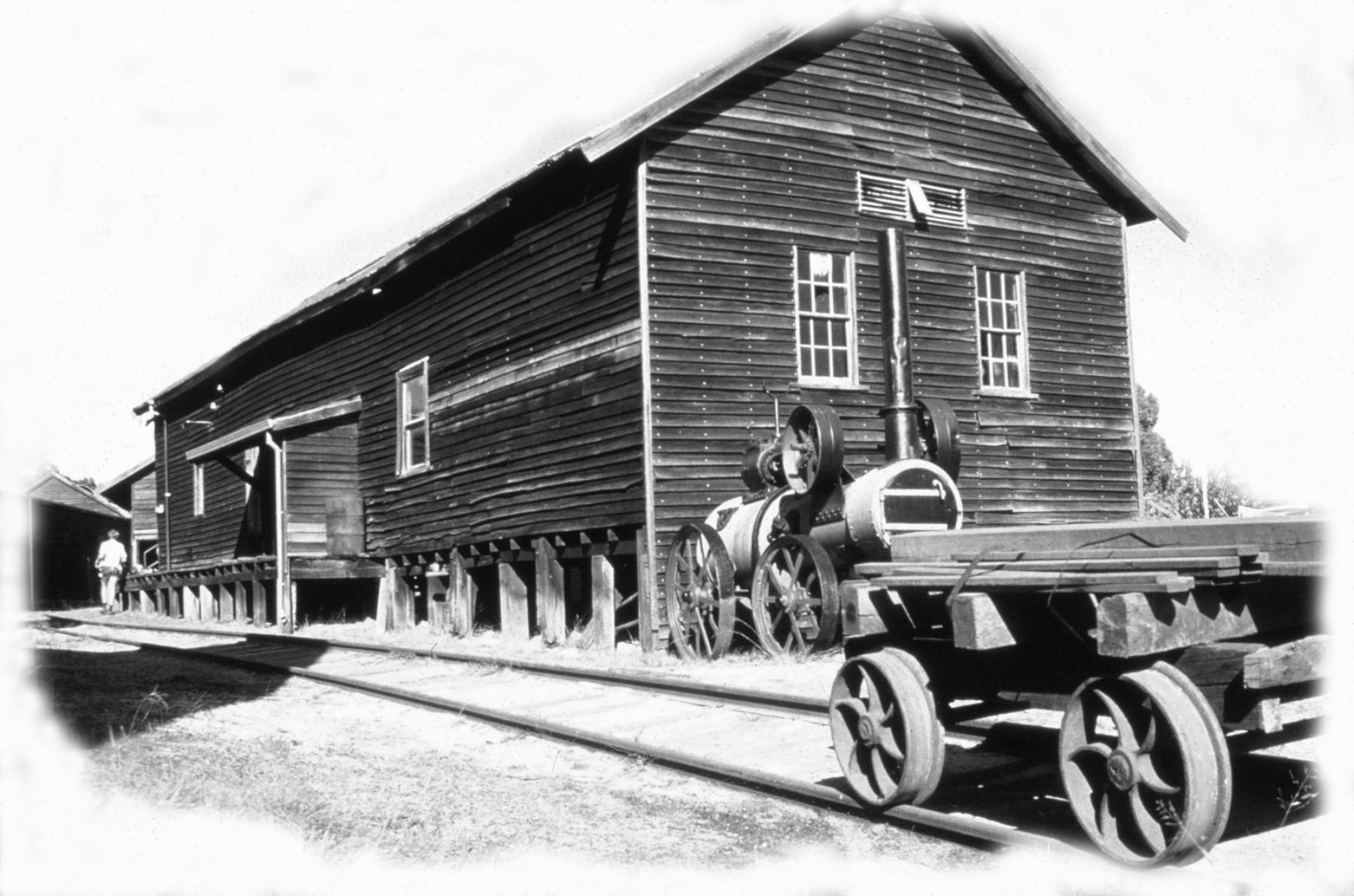
Yarloop History
The town was established in 1894, but European settlement began slowly from the late 1840s and built up during the 1880s. The name Yarloop is thought to have originated from the local language of the Bindjareb people. Timber and farming, mainly dairy and fruit, have been the mainstays of the local economy.
The name Yarloop is said to have originated from the words “yard loop”, the rail loop into the timber yard there. However, the name is more likely Noongar. Yalup Brook is situated about 5 km (3.1 mi) north of Yarloop and there is a similarity in pronunciation of the word, and the early spelling variations of the siding (Yailoup and Yarloup) support it being Aboriginal.
In 1849, Joseph Logue arrived in the area and farmed at nearby Cookernup. He was followed by W. J. Eastcott, who used to collect river red gum bark and pit-sawn timber for other settlers, and John Bancells in 1886.
In 1894, Charles and Edwin Millar moved into the district looking to put nearby stands of jarrah to use – they had exported jarrah blocks to London for use in street paving. They soon established their 300-acre (1.2 km2) timber town with accommodation and support facilities, located 2 km (1.2 mi) south of a government-surveyed town site as the company wished to maintain effective control over staff and workmen. However, not everyone working at the mill wanted to live in the facilities, so a company town on the eastern side of the railway and a public town on the western side developed. A siding on the Perth-Bunbury Railway came into being in 1896.
In 1901, they made Yarloop the centre of their operations, and the town became even more important when in 1905 they closed their Denmark mills on the south coast. At their peak, they employed over 500 people in the Yarloop area. By the 1930s, they boasted the largest private railway in the world with eight railway systems and 25 locomotives. The timber mill, originally known as the Waigerup mill, still operates and in 1984 the mill town was classified as a conservation area by the National Trust[6] and is now protected by the Yarloop Conservation Plan (1998) administered by the Heritage Council























